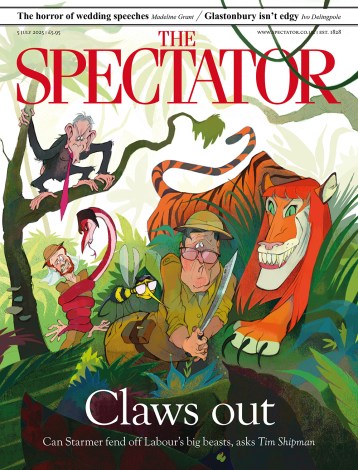Readers of Case Study unfamiliar with its author’s previous work might believe they have stumbled on a great psychotherapy scandal. We’ve all heard of past psychiatric controversies — forced lobotomies, the incarceration of single mothers, false memory syndrome — and of R.D. Laing, whose unconventional techniques were not always beneficial to the patient.
Well, here is Graeme Macrae Burnet, a Scottish writer whose His Bloody Project was shortlisted for the Booker in 2015, disclosing that after he wrote a blog piece about the once notorious, now largely forgotten, 1960s psychotherapist A. Collins Braithwaite, he was sent previously unseen notebooks written by a young woman who had been his patient.
Burnet believes the notebooks to be genuine, but stresses there is no way of knowing for sure. There are small factual errors — the name of a pub, topographical inconsistencies — but any contemporaneous account may contain inaccuracies. He makes little other comment, and publishes the notebooks for us to decide for ourselves.
The writer of the notebooks has a motive for seeking out the contrary Braithwaite: her sister, an academic high flier, had been his patient before inexplicably killing herself. Now suffering from a delayed grief reaction, and aware that she had sometimes been less than kind to her sibling, she determines to investigate the renegade psychotherapist to discover whether he was negligent.
The notebooks are interspersed with a biography of Braithwaite by Burnet, who tells us he has studied his books. Both strands quickly become compelling. Despite being mired in the prudish, homophobic values of the day, the woman is outspoken, although we learn this is not her norm: in real life she is shy and friendless. She thinks of herself as having two different personas: a quiet exterior, and an inner self that buzzes with daring opinions and longs to cast off the mantle of good behaviour. She visits Braithwaite under the false name Rebecca Smyth.
It is ironic that she thinks of herself as having an inner and an outer persona since one of Braithwaite’s theories is that a person is all of their selves, including simulated facades, and even the delusional and hallucinating ‘self’ that psychotic patients become during an acute breakdown is a fundamental part of them.
If this is not the first book by Burnet you’ve read you will know that he sometimes presents fiction as fact. Does the woman’s voice ever sound similar to his own — for example, in its habit of using French phrases? Have you checked any of the biographical details given about Braithwaite? Did he ever exist? And if not, does this make the story any less intriguing? The answer to that is a resounding ‘no’.I was hooked like a fish.






Comments